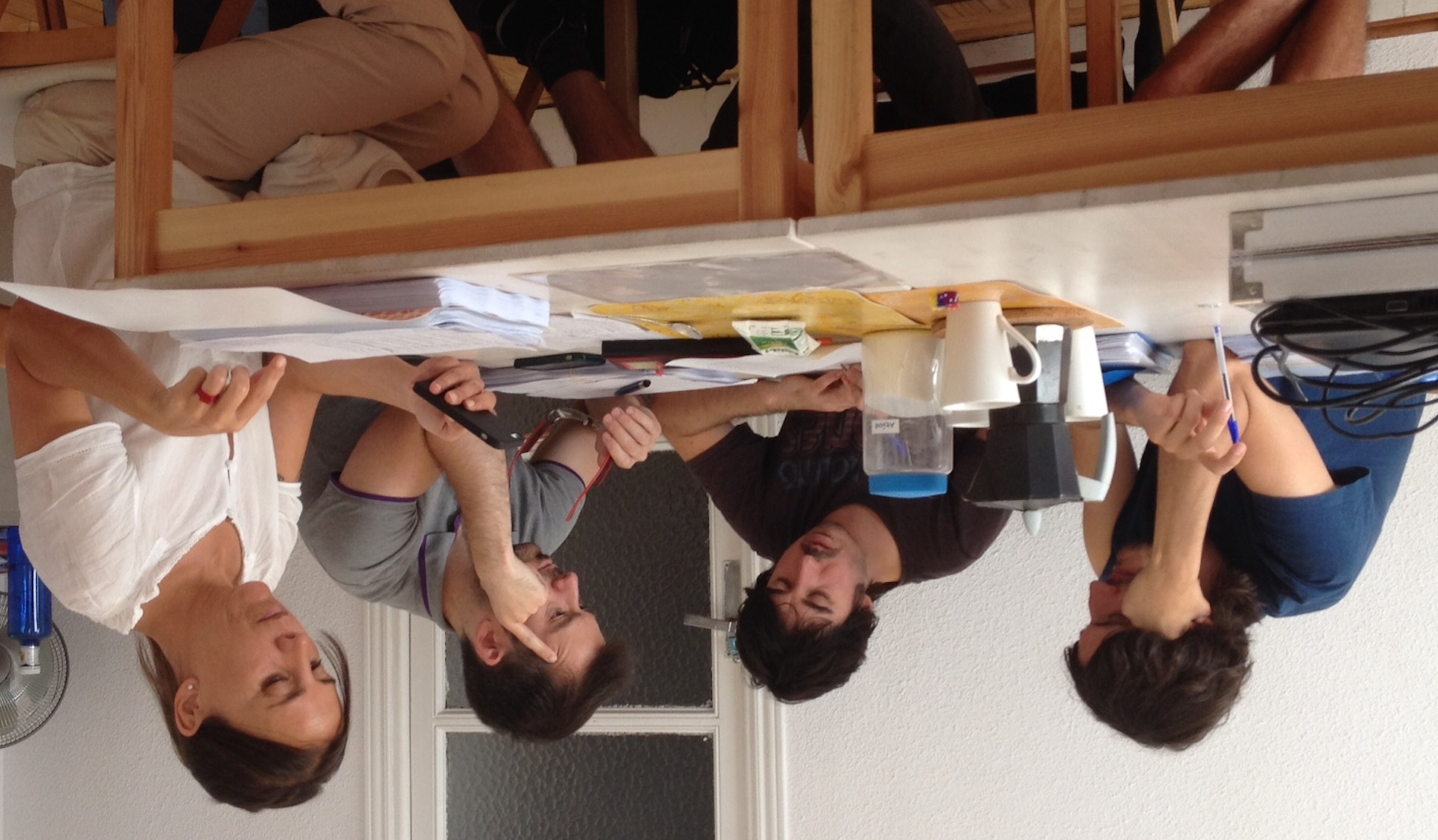
Whether you teach a language, an instrument, a profession or a sport all teachers have many responsibilities. One of the most important things that a teacher must be able to do is ensure that they motivate and encourage students. With some groups or classes this can be easy but with others you may find it extremely difficult for one reason or another. So if this happens how can you motivate your class? What techniques or methods can you use?
There are two main types of motivation: Intrinsic and Extrinsic. The main difference is that Intrinsic motivation is all to do with fascination and wanting to learn because you feel it has a relevance to life and the world. This type of motivation is normally self-sustaining and long-lasting. Extrinsic is more to do with expectiations set by other people, whether that be a parent, role model or grades required in education.
One very common method to try to motivate and encourage students is to put them in pairs or in small groups. This is a good way to encourage everyone to participate in activities especially those who are maybe a little more shy and timid. The more outgoing students will be able to bring the quiet ones “out of their shell”. It is important to make sure that groups are carefully chosen in some circumstances, this is especially the case when working with kids.
Incentives are also a good way to help motivate and encourage students. This can include simple things such as setting expectations or making reasonable demands. This does not mean that they have to be overly ambitious but just something small to help encourage the students and push them in the right direction. When using incentives you create a goal and an aim which then once accomplished allows the group to feel a sense of achievement. This can again in turn allow them to set new objectives.
It is always important for the teacher to keep all classes as interesting as possible to ensure they have the full attention of all members of the group, but by making sure that everything from the physical classroom appearance to the atmosphere within the room means students are always surrounded by positive energy and influences. This in turn can also be enhanced by the teacher giving positive feedback to all students. Motivating students through praise is something that a lot of people react to and need in order to stay motivated and continue to work well. This coincides with giving encouragment which again a lot of people require.
We all respond in different ways when it comes to motivating ourselves, some need a lot of pressure placed upon them, others need nothing, as a teacher the trick is to find out what motivates each individual and use this when in the classroom.
Check the Vanderbilt University for more info on how to motivate and encourage students.






